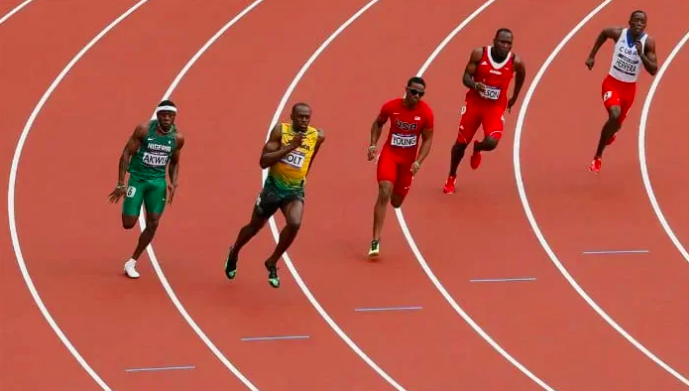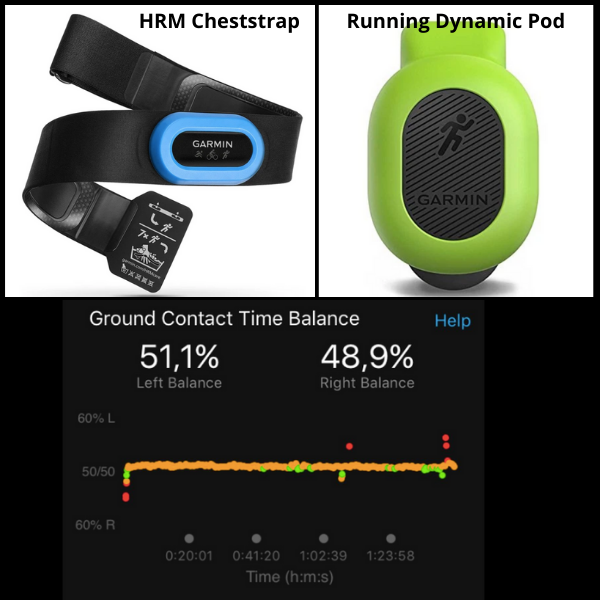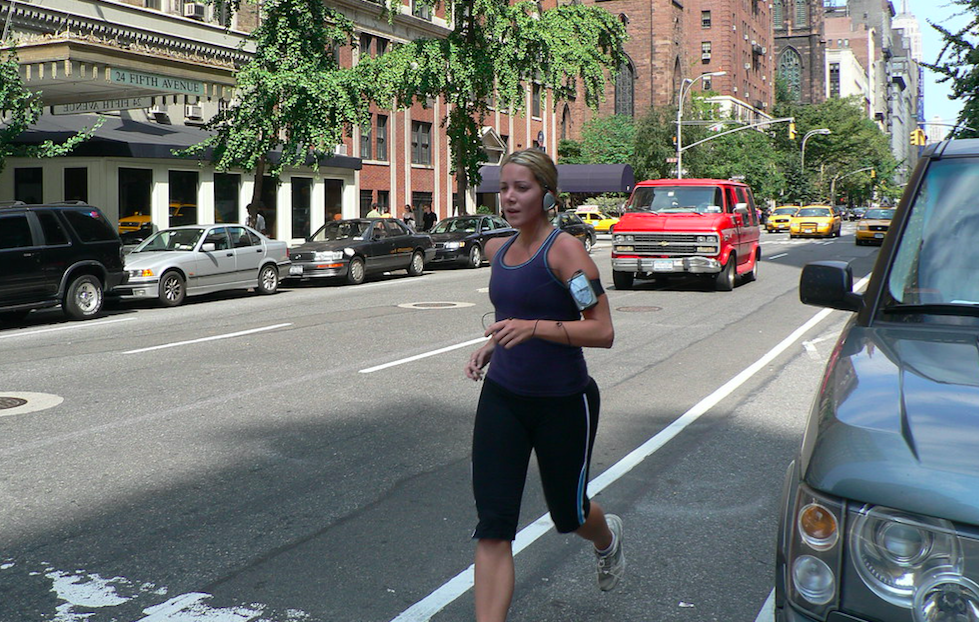Endurance running is on the rise in last few years. More people have adopted to endurance running after the recent pandemic. Majority of the endurance runners run on roads. Since runners have to share the roads with the vehicular traffic, safety is the most important thing to consider while running on the road.
Run against the traffic flow
Safest way to run is to run against the flow of the traffic. This way you can see the oncoming traffic and can get time to take evasive action in case of adversity. Runner can jump to sidewalk/footpath in case of adversity.
The Problem
The roads are slanted towards edge of the road. Since runners run towards the edge, they will be constantly running on a slanted surface. If they do this for all the runs for months and years, there can be a problem.
In countries with left side drive, running against the traffic flow will be on right side of the road. This will have runner’s left leg on higher side and right leg on lower side. This adds pronation on left leg and higher load on right leg. Constantly running this way can create imbalance in the body similar to having left leg shorter than right leg. It can contribute to hip, knee, ankle and foot issues over time.
The Solution
It is very difficult to find a balance between road safety and imbalance injuries. Here are some of the ways to improve the balance. You can try multiple of these options without compromising the safety.
- Add hip and lower-back strengthening exercises to your routine. This will help prevent injuries that could result from the imbalances.
- Find routes with lesser slopes.
- Switch to sidewalks/footpaths, whenever possible.
- Pay attention to how your body feels after a run on a sharply cambered road. You may need to do some yoga or have an adjustment if you are consistently feeling pain from this.
- Find one-way roads. You can run on either side of the one-way road and still run against the traffic flow.
- Add periodic trail runs to the schedule. It will use different muscles and will not over stress the same muscles used on slanted roads on only one side.
- Find route segments with lesser traffic and are safer, run with the traffic flow on these route segments. It will reduce the imbalance.
- When running in the events with roads closed for traffic, run in middle of the road as much as possible.
Running on Tracks
Some endurance runners use tracks for speed training like interval runs. Running on tracks is in a way similar to running on slanted roads. Track surface is not slanted, but as runners run around the curves, ground contact time is more on the left leg than the right leg leading to a greater load and greater stress on left leg. The right leg has to cover a more distance than the left therefore it has to travel faster and take a longer stride. This creates different type of imbalance compared to the one by running on slanted surface.

Overloading the left side of the body may cause the muscles on that side to become tight. The right leg meanwhile, has to push against the lateral forces imposed by running around the curve, which can lead to ITB problems and knee pain on this side.
Best way to tackle the issues with track running is to run equal number of track loops in counterclockwise and clockwise direction. This will balance the type of stress on both sides.
Gadgets to check Balance
There are some gadgets available to help check balance. Two devices from Garmin are shown in the figure below: Garmin HRM Chest strap and Garmin Running Dynamic pod. The left and right balance measured by these devices is based on foot strike by left and right foot. It can be due to issues with running biomechanics or due to the slanted road surface, but the effect on runner body can be almost similar in both cases. If runner sees the imbalance on flat surface, then it is the physical misalignment and need to be addressed by improving posture as well as strengthening both the sides to reduce the strength difference between two sides.

It is a good practice to check the Ground Contact Time balance at the end of the run and try to keep both numbers close to 50%. This can be used as feedback after trying the solutions listed above to improve the running balance.
The impact of these imbalances is usually not seen in the short term. The impact also depends on the age and physical fitness of the runner and could be different for different runners. But over a longer period, the overuse injuries start popping up and it takes time to treat these injuries and to make necessary adjustments to correct the alignment. Pay attention to any imbalances and make necessary adjustments without compromising the safety.

